"Tales of the Shire: A The Lord of The Rings" Release Date Announcement
621
2024 / 09 / 26
Over the past 30 years, Sony has provided us with many excellent PlayStation games, but there has never been a mascot platformer that could compare to Nintendo's "Mario." "Crash Bandicoot" tried, "Jak and Daxter" had a good showing, and "Knack" also gave it a shot, but they all fell short.
But now, a true challenger has appeared. Astro's Playroom puts the little robot center stage, bringing along PlayStation's past game protagonists to join him, preparing dozens of colorful levels and many experimental abilities for him, ultimately delivering hours of the purest joy. This is a top-tier platformer, brimming with charm, creativity, and nostalgia.
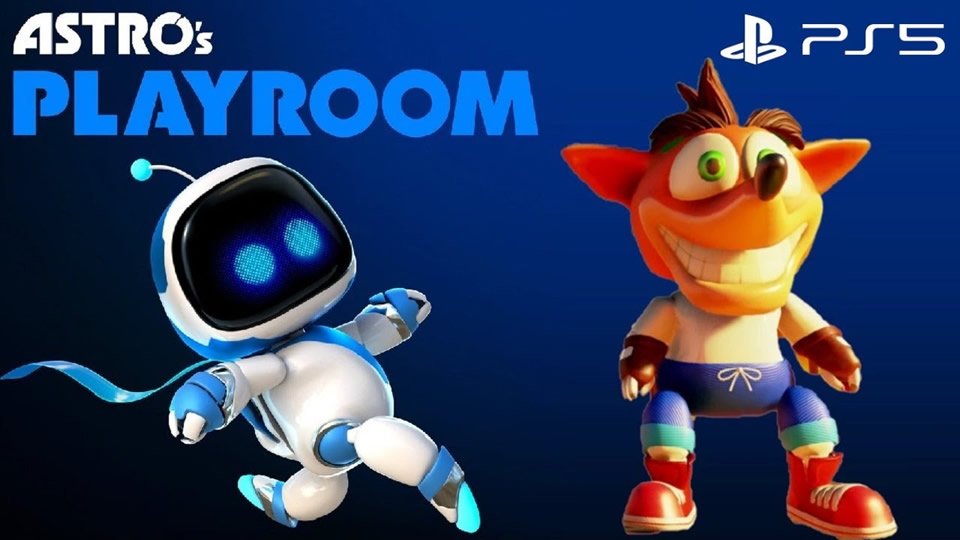
If Astro's Playroom: The DualSense Controller Usage Guide from 2020 was like a museum (though filled with fun, playable exhibits), then Astro's Playroom is like a theme park. Every corner, every place you reach with a double jump brings new excitement.
Its creativity may not be as mind-blowing as Super Mario Galaxy or Super Mario Odyssey, but this isn’t harsh criticism because outside of Nintendo, such bold innovation is rare. However, this game, developed by Team Asobi, successfully captures the spirit of those great platformers, creating visually stunning and innovative levels that never feel like they are just novel gimmicks.
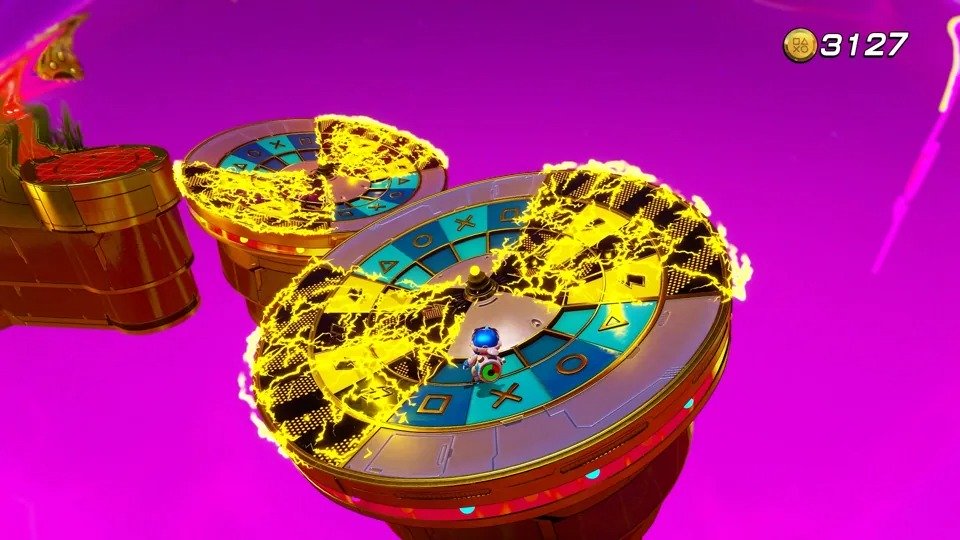
The game has many eye-catching levels, such as a casino that distorts time, a level inspired by a Japanese bathhouse with a humorous sponge system, and another where the floor and walls dynamically change depending on whether you press the day switch or the night switch — especially this one, which cleverly uses 3D space while making you feel like it’s learned the essence of Fez.
Astro's Playroom is like a game version of Willy Wonka’s Chocolate Factory: a marvelous blend of experimentation and fun, only without the danger. The chocolate death pipes and fizzy lifting drink are replaced by treasure pits and an inflatable friend that helps you reach airborne platforms.
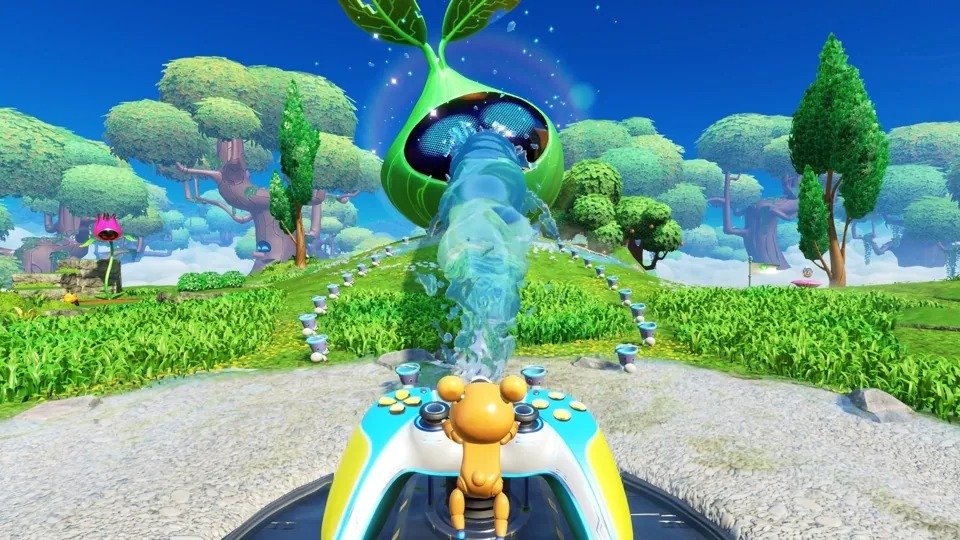
Even your controller feels like it’s secretly packed with popping candy, wonderfully responding to what’s happening on screen, giving joyful tactile feedback in your hands. Astro's Playroom is undoubtedly the best game to utilize the DualSense controller’s functions since the PS5 launch title The DualSense Controller Usage Guide. The triggers tighten under your fingertips, vibrations pass to your thumbs. Raindrops gently fall into your palms. As I piloted the little robot’s spaceship with motion controls, my body instinctively swayed left and right.
If, like me, you’ve set your controller speaker to mute by default, I recommend turning the volume up a bit, or you’ll miss out on many wonderful sound effect details. Although Astro's Playroom doesn’t have a "catchy earworm" like GPU Jungle from four years ago (a giant singing tree tries hard, but falls a bit short), its music remains delightful throughout.

At first glance, the levels in the game seem simple, but they soon reveal their true depth and secrets. Most levels are fairly linear, but some are more complex, offering sandbox-like areas for players to search for collectibles. While the open feel doesn’t match the massive levels of Super Mario Odyssey, there are still plenty of nooks and crannies for players to get lost in.
Sometimes, you can even find entirely hidden maps, with teleport points hidden like treasures, taking you to new locations in the "Lost Galaxy." I really enjoy this nested structure and the way it guides players to new areas. It ensures that Astro's Playroom keeps delivering surprises throughout its approximately 9-hour playtime.
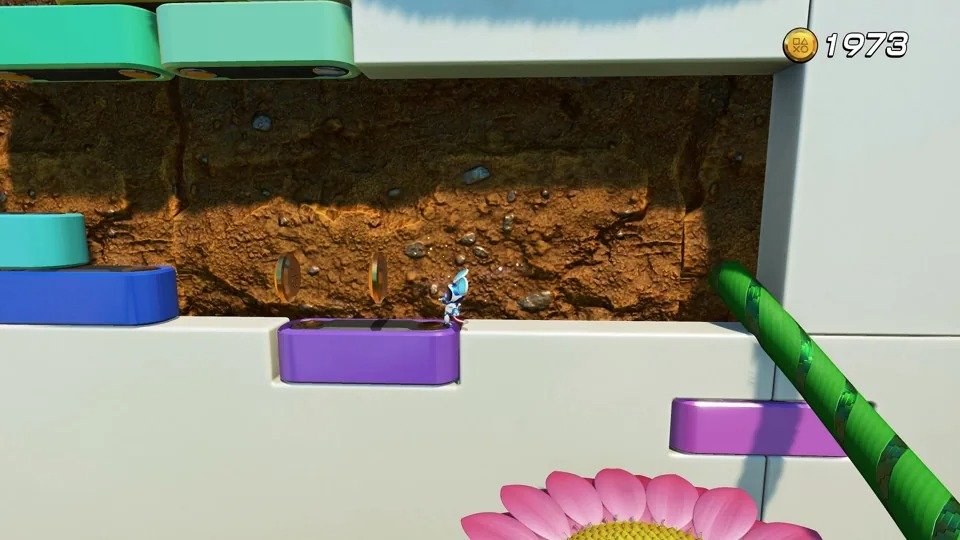
One of the biggest surprises is the new abilities the little robot gains along the way. His basic moves are already excellent — his jump, double jump, and hover all strike a perfect balance between lightness and precision. But what’s really exciting are the temporary abilities he gains in each level.
I especially liked the "Frog Gloves," which let you extend a long tongue to grapple and swing, and they’re equipped with springs, allowing you to bounce any projectiles back at enemies, giving them a taste of their own ranged attacks. I also really liked the mechanic that transforms you into a small mechanical mouse, shrinking you down to a tiny size so you can explore secrets on giant bookshelves and leaves, as if you’ve entered "Toy Story" mode.
Even abilities from The DualSense Controller Usage Guide have been well redesigned. For example, the "Monkey Climber" is an evolved version of the climbing ability from the previous game, but this time, there’s a small robot monkey with big hands helping you out, letting you throw rocks or smash the ground with stones, and it feels great.
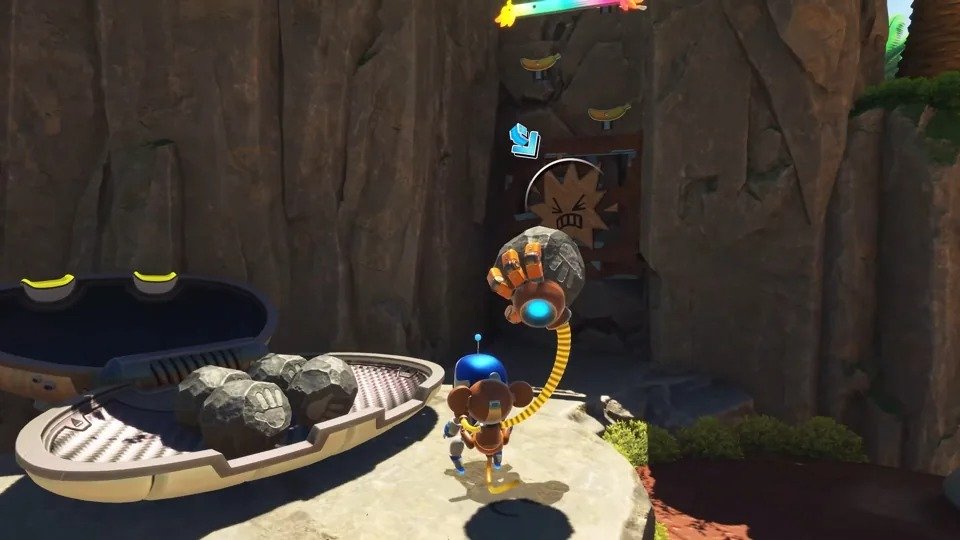
New ideas and tools keep popping up all the way to the encore at the end. While some mechanics are reused more often than I expected, when they reappear in later levels, the change in environment gives them slightly new purposes. For example, the Frog Gloves mentioned earlier reappear in a cave level, where their grapple function becomes more useful, allowing you to pull worm-like enemies out of the ground from afar.
Aside from bosses and mini-bosses, the variety of enemies isn’t very rich at first. Some enemies get repainted or dressed to fit the environment, but the way to deal with them doesn’t change — you can still take them out with jumps and basic attack combos. But later on, the enemy design becomes much more varied, introducing some of my favorite enemies. For example, a humanoid playing card throws spades or clubs at you, and you can jump onto the cards, using them as springboards to get closer to the enemy and land a final blow.
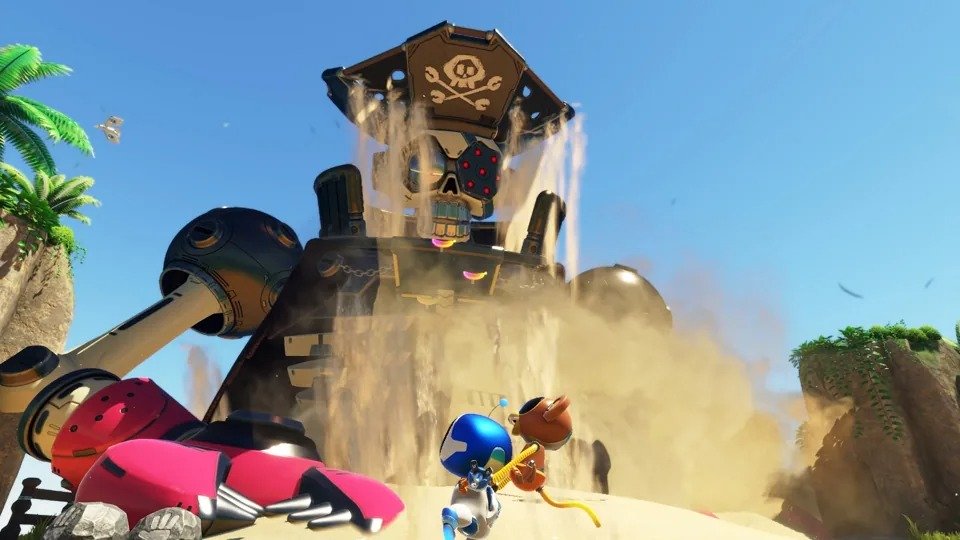
You’ll also frequently encounter some familiar, friendly faces. In fact, over 150 characters from PlayStation’s vast game catalog have been transformed into little robots and crossed over into Astro's Playroom’s world. You’ll see expected cameos like Lombax, Lara Croft, and Parappa the Rapper, as well as some surprising lesser-known characters, like the mosquito protagonist from the PS2 game Mister Mosquito.
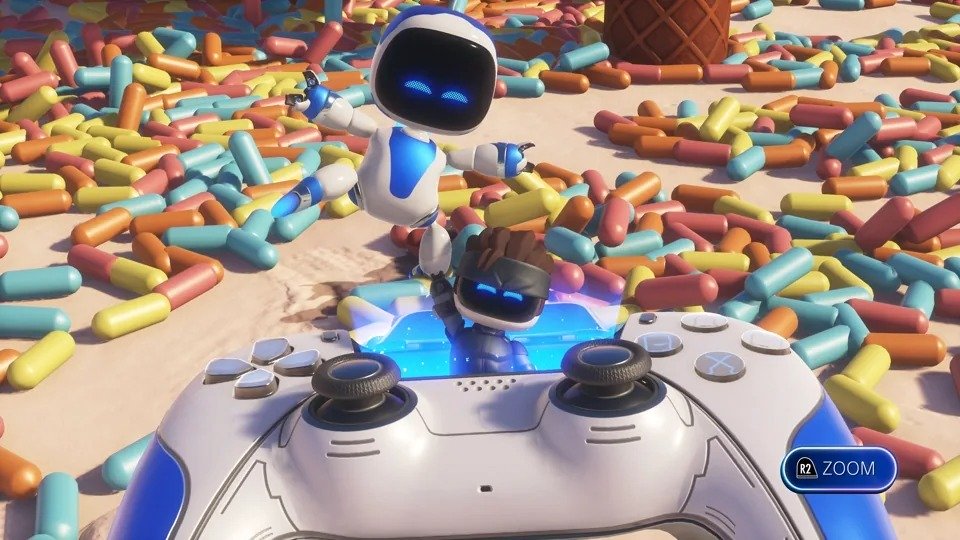
And you’ll never guess where you’ll find them. Can you guess where the protagonist of a beloved tactical espionage action game is hiding? In "Sugary Canyon," a dessert-themed level sprinkled with frosting! This place is worlds apart from the icy, steel-clad Shadow Moses Island! This kind of hilarious contrast keeps Astro's Playroom lighthearted and fun throughout, leaving you smiling from start to finish.
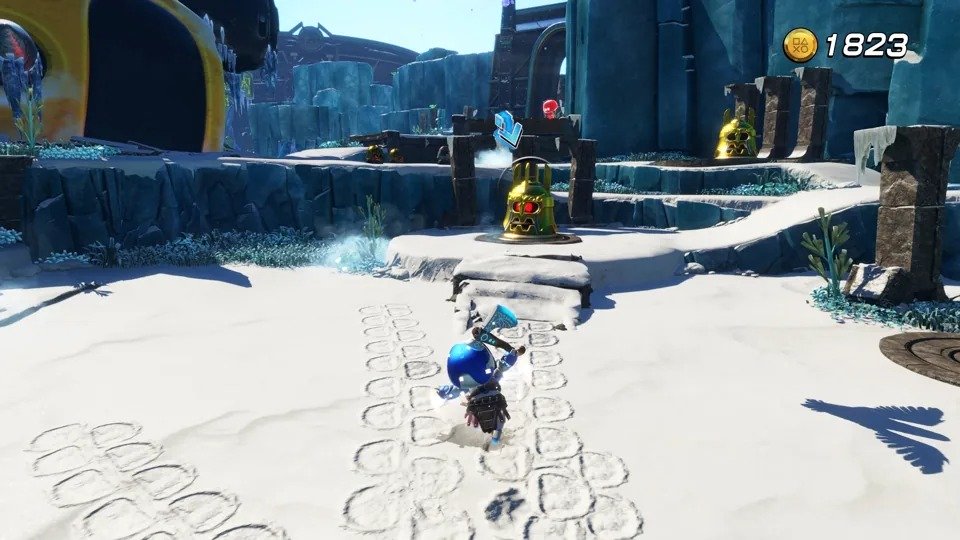
Many PlayStation characters make brief, fun cameo appearances, but a few take on more significant supporting roles. I won’t spoil who gets this star treatment, but since Kratos was officially announced, let’s talk about him. After his appearance, you’ll pick up his frost-powered Leviathan Axe and become the Spartan outcast, bringing exciting gameplay changes.
Here, Astro's Playroom elegantly blends nostalgia with innovation, truly showcasing its magic. These sections essentially let you replay those classic games in miniature — the little robot borrows the old protagonists' powers and freely roams levels based on the stories and worlds we know, with the background music being remixed versions of the classic themes. These segments are utterly charming and often the real highlights of the game. I just wish there were more of them, though that might be a bit greedy.
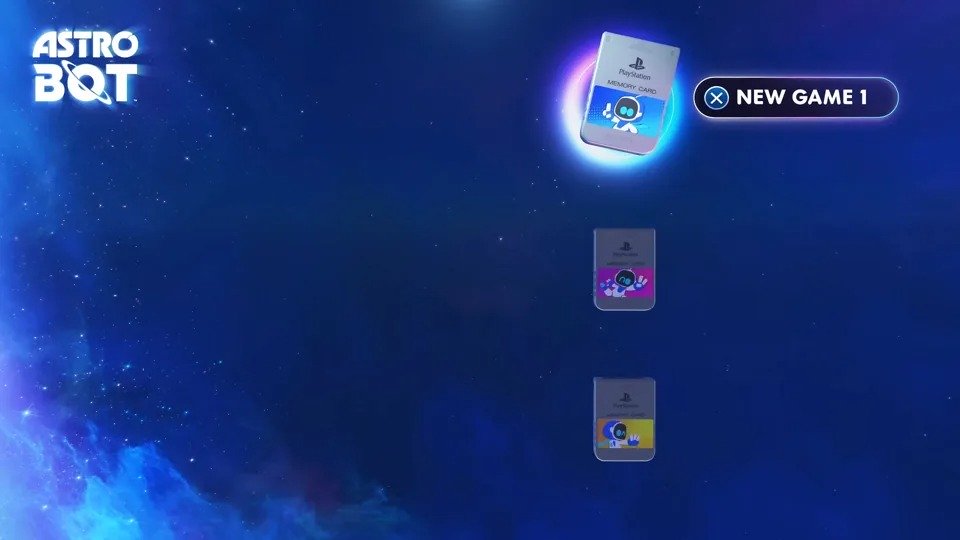
From the very first screen of Astro’s Playroom, it’s clear that Team Asobi has a sincere love and respect for the history of PlayStation consoles and games. When selecting a save slot, the icon is a PS1 memory card, and then you’re launched onto a spaceship shaped like a PS5. As for the story, well, it's simple. The mothership is attacked by evil aliens and crash-lands on a desert planet. The little robot must traverse the galaxy, retrieve the missing parts, and find the lost crew members.
But you're not here for a complex and deep story, are you? Astro’s Playroom breaks away from the recent standard PlayStation Studios plotlines (like apocalyptic settings, family tragedies, or growing pains) and simply wants the player to embark on an adventure with the lively little robot. This doesn’t mean it won’t stir your emotions—though not through intricate writing—but through the nostalgic glimpses of PlayStation’s past, making you feel like you’re greeting old classmates you haven’t seen in over a decade.

The mothership’s crash site acts as the game’s hub, where there are also explorable areas full of fun elements, such as eventually letting you customize your spaceship and outfits. The gacha machine makes a delightful return, providing a joyful way to spend the thousands of coins you collect.
The capsules you draw become collectibles and small scenes in the hub, turning it into a cozy home for the little robots. This tangible representation of your adventure’s progress, rather than just a string of numbers showing your completion rate, is not new to the series but remains just as enjoyable.
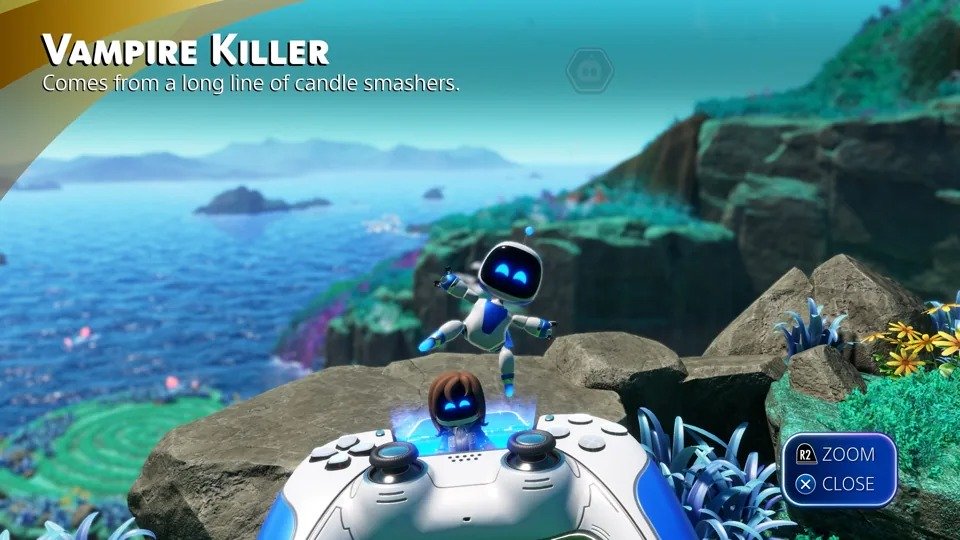
It took me 9 hours to complete the game, but I only collected 206 of the 301 robots. There’s still plenty to do after finishing the main levels, like searching for the remaining robots, decorating the hub, and uncovering new secrets in the stars. In fact, it took me another 9 hours (a total of 18 hours) to achieve 100% completion and obtain the Platinum Trophy. Although none of the main levels are truly "hard," certain enemies and obstacles did take me a few tries to overcome. Luckily, there are plenty of auto-save points, so you can get back to where you failed in just a moment.

If you're looking for more challenges, you can explore the galaxy map to find some semi-hidden trial levels. These short, parkour-like levels are filled with fast-moving objects, tons of enemies, and gaps that require precise jumps—fail, and you start over. With no auto-save points in between, these are undoubtedly the most challenging parts of Astro’s Playroom, especially the final level, which is a tough one. It’s a series of fast-paced challenges that require you to apply everything you’ve learned to complete this tense yet fun test.
I finished Astro’s Playroom with a smile on my face the entire time. This game combines creative levels and fun abilities to deliver a delightful experience that never feels boring or repetitive. You don’t need to know the entire history of Sony’s games to enjoy it, but for those with fond memories of PlayStation, the fun will be amplified as you discover a treasure trove of nostalgia that you can actually play. Team Asobi truly took PS5’s slogan, "Play Has No Limits," to heart and created a mascot platformer that almost rivals the best works from Nintendo. That’s the highest praise I can give.
Pros
Seamlessly integrates all the features of the DualSense controller into the gameplay
Impressive level design
A collection of heartfelt Easter eggs from PlayStation’s first-party titles
Cons
Limited content, low replay value
I finished Astro’s Playroom with a smile on my face the entire time. This game combines creative levels and fun abilities to deliver a delightful experience that never feels boring or repetitive. You don’t need to know the entire history of Sony’s games to enjoy it, but for those with fond memories of PlayStation, the fun will be amplified as you discover a treasure trove of nostalgia that you can actually play.
